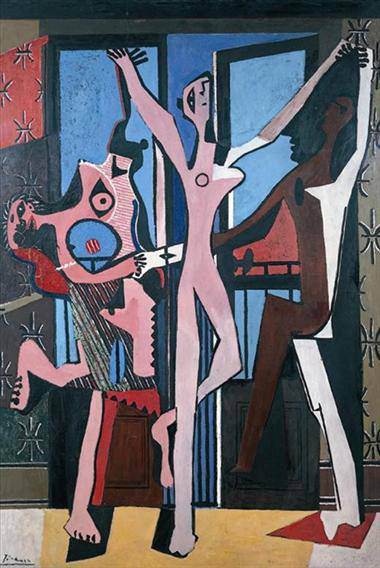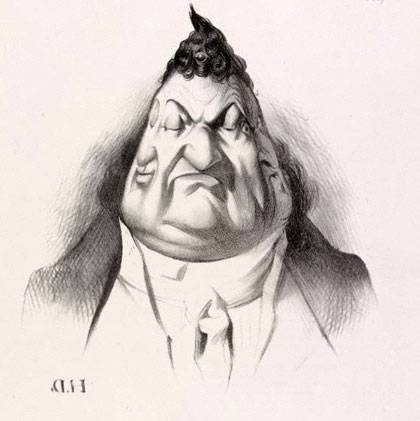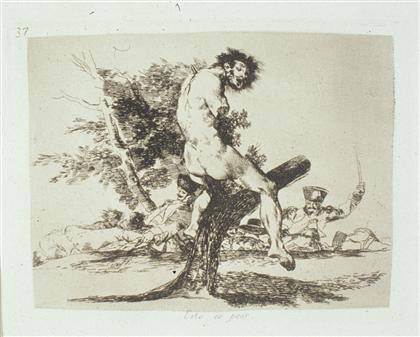
Pablo Picasso
The Three Dancers, 1925
London, Tate
Picasso & Modern British Art in Edinburgh The first exhibition to explore Pablo Picasso’s lifelong connections with Britain brings together 150 works from major public and private collections around the world. At the Scottish National Gallery of Modern Art, 4 August 2012 – 4 November 2012.]]>
Source: Scottish National Gallery of Modern Art
This stunning exhibition, which has been organised in partnership with Tate Britain, where it was shown to great acclaim this spring, will trace the evolution of the artists’ critical reputation in Britain, and demonstrate his profound influence on British artists, through the example of major figures such as Francis Bacon and Henry Moore.
Picasso instigated many of the most significant developments of twentieth-century art and masterpieces from every period of his career are featured in the exhibition, including his landmark painting, “The Three Dancers” 1925 (Tate), which the artist considered one of his two greatest works. Also on show is “Head of a Man” 1912 (Musée d’Art Moderne de la Ville de Paris), one of several works that introduced Cubism to Britain when they were included in an exhibition organised by the critic Roger Fry in 1912. Other highlights includes Picasso’s “Bowl of Fruit, Violin and Bottle” 1914, (National Gallery, London, on loan to Tate); a playful late-Cubist work, “Guitar, Compote Dish and Grape”, 1924 (Stedelijk Museum, Amsterdam); and a powerful example from Picasso’s late career, “Woman Dressing her Hair” 1940 (Museum of Modern Art, New York).
The exhibition explores Picasso’s rise in Britain as a figure of both controversy and celebrity, tracing the ways in which his work was exhibited and collected here during his lifetime, and revealing the extent to which the British engagement with his art was much deeper and more varied than generally has been appreciated.
Other fascinating aspects of Picasso’s relationship to Britain are considered in depth, including a section devoted to costume and scenery designs for a production of “The Three-Cornered Hat” by the Ballet Russes, which Picasso created during a ten-week stay in London in 1919. The show also assesses the significance of Picasso’s political status in Britain, from the 1938-9 tour of Guernica, his celebrated response to the horrors of the Spanish Civil War, to his appearance at the 1950 Peace Congress in Sheffield. The final section considers the artist’s post-war reputation, from the widespread hostility provoked by an exhibition of paintings by Picasso and Matisse at the Victoria & Albert Museum in 1945-6, to the triumphant Tate retrospective fifteen years later.
Related content
Picasso: Challenging the Past – National Gallery London (exhibition, 2009)
Follow us on:


